Growth momentum forged by regional linkages
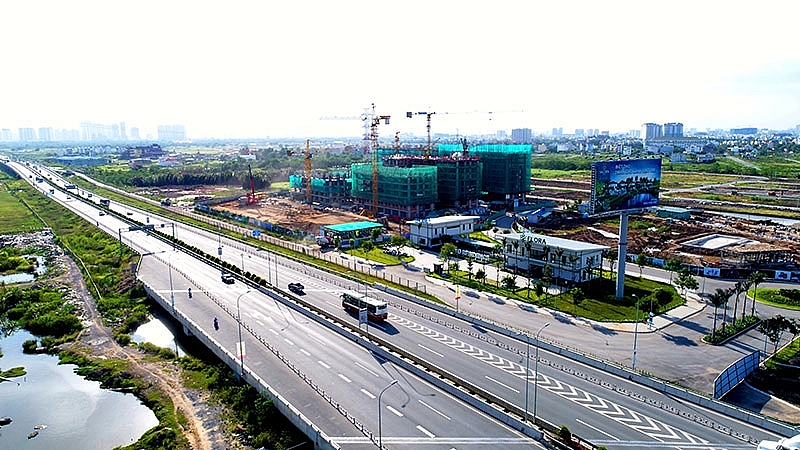 |
| Along every open road, real estate projects will sprout up like mushrooms |
Handshake for regional connectivity
Ho Chi Minh City and neighbouring provinces are shaking hands to create regional linkages with the aim of building a connected transportation system, creating momentum for linking economic sectors together and promoting mutual development. Setting up this regional connectivity is to be one of the key tasks of the city and its neighbouring provinces.
In particular, Long An will be the bridge between Ho Chi Minh City and southwestern provinces, where the main driving force will be transport infrastructure investment. Therefore, right after the 10th Party Congress (the 2015-2020 term), the first task for these two localities to carry out is to construct and expand National Highway 1A connecting Ho Chi Minh City with Long An through the western provinces. Shortly after this route is completed, Long Thanh-Tan An Expressway running from Dong Nai through Ho Chi Minh City to Long An will also be built.
Next is the construction of essential tunnels and overpasses, along with the expansion of National Highway 22 to connect Ho Chi Minh City with Long An and Tay Ninh. In addition, Ho Chi Minh City is also building a network of metro lines that will connect the two ends of Long An. Besides, the relocation of the western bus station to Binh Chanh District, which borders Long An, will also help to facilitate trade activities. Moreover, regional connectivity is also improved between industrial zones (IZs), industrial clusters, and seaports. According to leaders of the Ho Chi Minh City People’s Committee, to date, most of the construction works have been temporarily completed and put into operation.
Regarding regional connectivity with southeastern provinces, Ho Chi Minh City and Dong Nai have a joint plan to build Dong Nai Bridge, expand Hanoi Highway, and extend Metro Line 1 (Suoi Tien-Ben Thanh) to Dong Nai. In addition, Cat Lai Bridge will be built, connecting Ho Chi Minh City with Nhon Trach District (Dong Nai), passing through Ba Ria-Vung Tau to serve the linkage with Long Thanh International Airport which will be built in Dong Nai. The city will also work on the construction of Ho Chi Minh City-Dau Giay Expressway to southeastern and central provinces. Besides, it will complete the building of Pham Van Dong Road to connect Tan Son Nhat International Airport with the city centre of Bien Hoa (Dong Nai). The plan also seeks to establish a new seaport system and a string of IZs between the two localities, which will surely help to facilitate the circulation of goods and attract more investors to come and set up new factories for development and production.
In order to build up regional connectivity with the Central Highlands, Ho Chi Minh City decided to shake hands with Binh Duong, pouring investment into an expansion project for National Highway 13 to connect Ho Chi Minh City with the Central Highlands via a route running through Binh Duong and Binh Phuoc. In addition, the city has built Binh Loi Bridge to unplug the waterway leading to Binh Duong, which will connect directly to the Central Highlands and facilitate both road and water transportation.
Tran Van Can, Chairman of the Long An People’s Committee, said that the agreement between Ho Chi Minh City and Long An became official in 2013, yet there was no drastic implementation. However, after the 10th Party Congress of the two localities, there have been significant changes. Specifically, the traffic connection has been gradually completed, the flow of goods and commodities through Long An to Ho Chi Minh City has increased sharply, and the province has also attracted many domestic and foreign investors to come and set up new factories.
“Regional connectivity is the most appropriate solution for Ho Chi Minh City to create momentum for economic development with the city being the central hub and other provinces and cities the spokes,” said Can.
Real estate market on the rise
According to Nguyen Thanh Phong, Chairman of the People’s Committee of Ho Chi Minh City, regional connectivity has created great momentum for economic development in the city and surrounding provinces, especially in 2018, when the city has been officially granted special administrative mechanisms. At that time, with the establishment of strong regional linkages, neighbouring provinces will also enjoy significant benefits.
In fact, thanks to regional linkages, local economies and their real estate markets have seen positive changes in recent years, especially in 2017.
For instance, Long An granted investment certificates for around 50 new projects in IZs in 2017, 20 of which were foreign-invested.
According to the Long An People’s Committee, to date, the province has established 28 IZs on an area of over 10,216 hectares, 16 of which are currently in operation. By 2017, the average occupancy rate of the IZs in the province reached 67.33 per cent. In particular, some IZs managed to achieve an occupancy rate of more than 90 per cent of the rentable industrial land area, while some have been expanded to accommodate more investors.
Alex Crane, managing director of Cushman & Wakefield Vietnam, said that from 2015, the industrial property segment has seen a strong shift towards the south. However, the most important factor that helps southern provinces attract more industrial real estate projects is probably their highly-effective regional connectivity.
In addition to industrial real estate, Crane said that as the region’s linkages come into being, the residential real estate segment also thrives. In fact, 2017 witnessed vibrant real estate markets in Long An, Dong Nai, and even in Binh Duong after years of silence.
Regional connectivity will allow people to travel from neighbouring provinces to downtown Ho Chi Minh City more easily and conveniently, while attracting a lot of citizens working in Ho Chi Minh City to move to the suburban areas and buy new residences there. In addition, given the IZ development, foreign experts, engineers, and staff working in IZs will also have a strong demand for housing, encouraging developers to build more residential real estate projects.
“The positive effects of regional linkages do not stop here, but will be further enhanced until 2020, especially when infrastructure projects are put into operation, creating a complete regional connectivity network,” Crane said, adding that Ho Chi Minh City’s policy to move people out of the city centre to suburban areas would also make the real estate markets in peripheral provinces more dynamic.
What the stars mean:
★ Poor ★ ★ Promising ★★★ Good ★★★★ Very good ★★★★★ Exceptional
Themes: Vietnam Property Outlook 2017
Related Contents
Latest News
More News
- Nation urged to build on eco-IP model (April 16, 2024 | 10:22)
- Domestic steel demand expected to rebound amid warming real estate market (April 12, 2024 | 10:31)
- Implementation of new land laws must benefit investors (April 10, 2024 | 09:17)
- Apartment hikes hint at speculation return (April 09, 2024 | 10:14)
- Infrastructure focus sets stage for real estate bonanza (April 03, 2024 | 10:14)
- Nam Long Group maintains top ten position in real estate investment ranking (April 03, 2024 | 08:00)
- Hospitality and real estate sectors strive for sustainable growth (March 29, 2024 | 16:12)
- Gamuda Land starts construction of Eaton Park (March 28, 2024 | 16:40)
- New land law could entice Viet Kieu home (March 27, 2024 | 18:00)
- Binh Duong to capitalise on rising real estate interest (March 27, 2024 | 15:41)



 Tag:
Tag: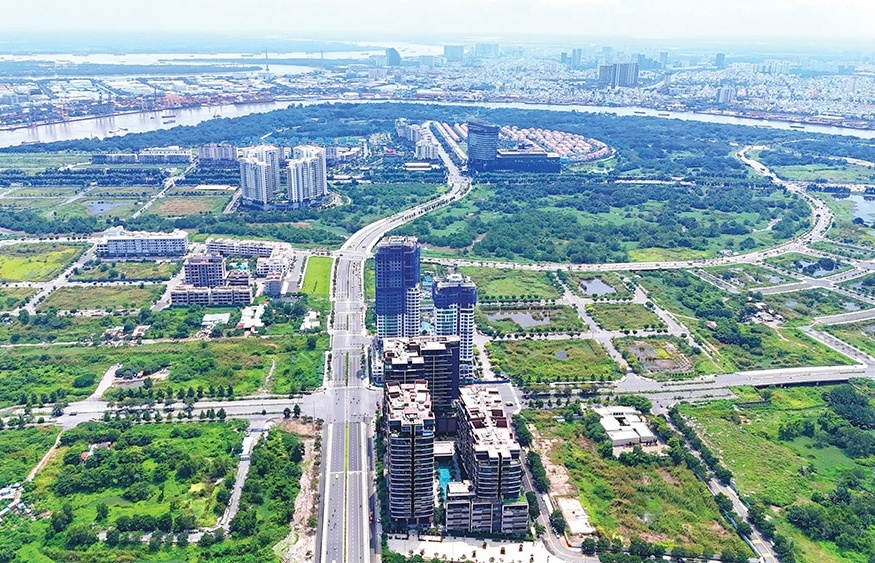
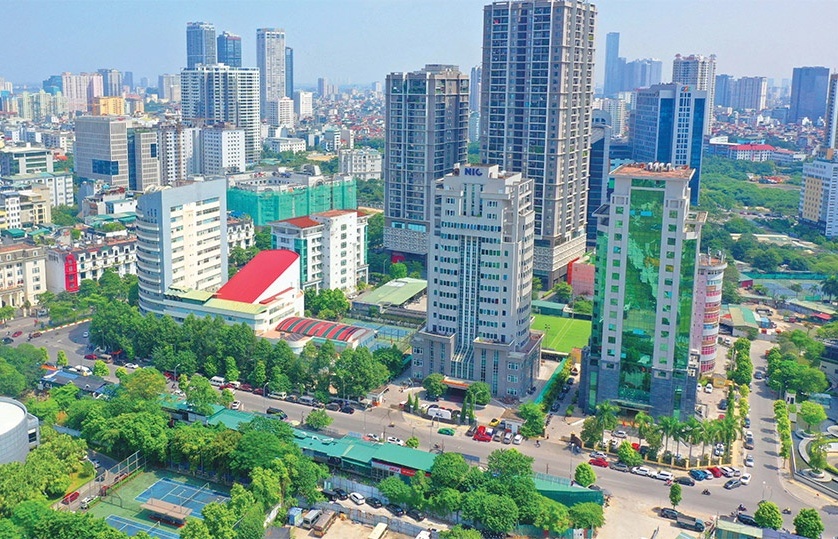
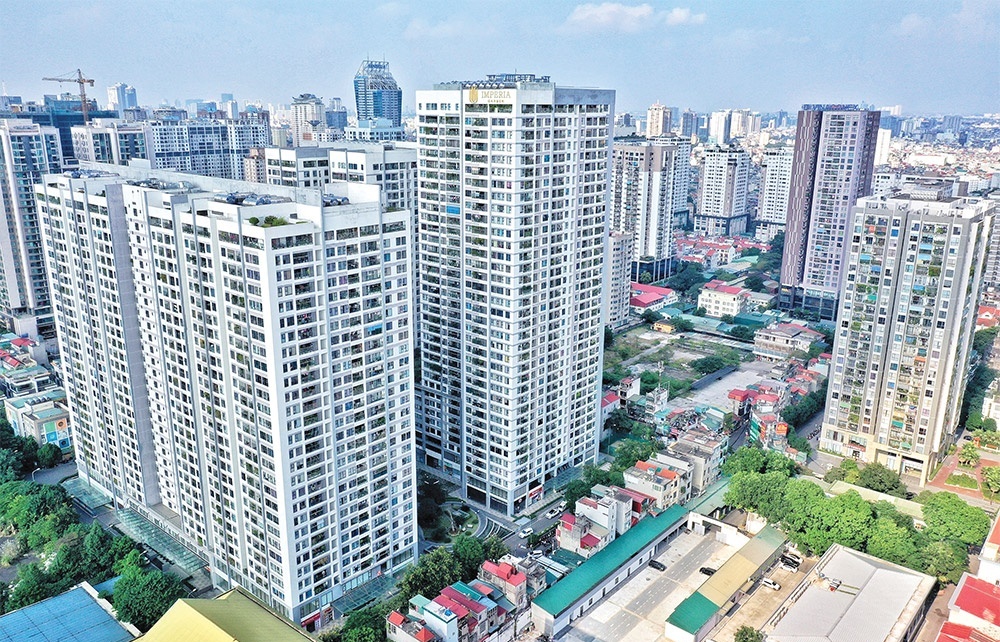
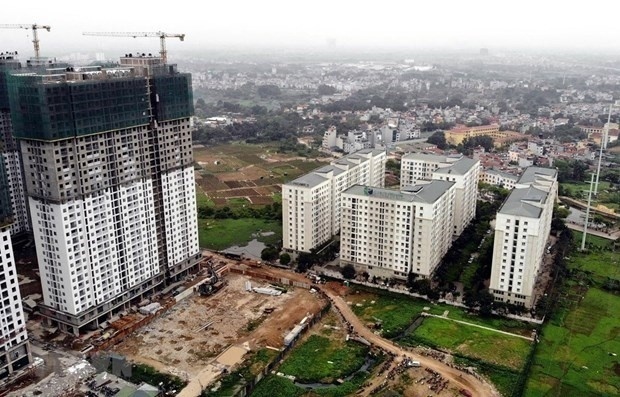

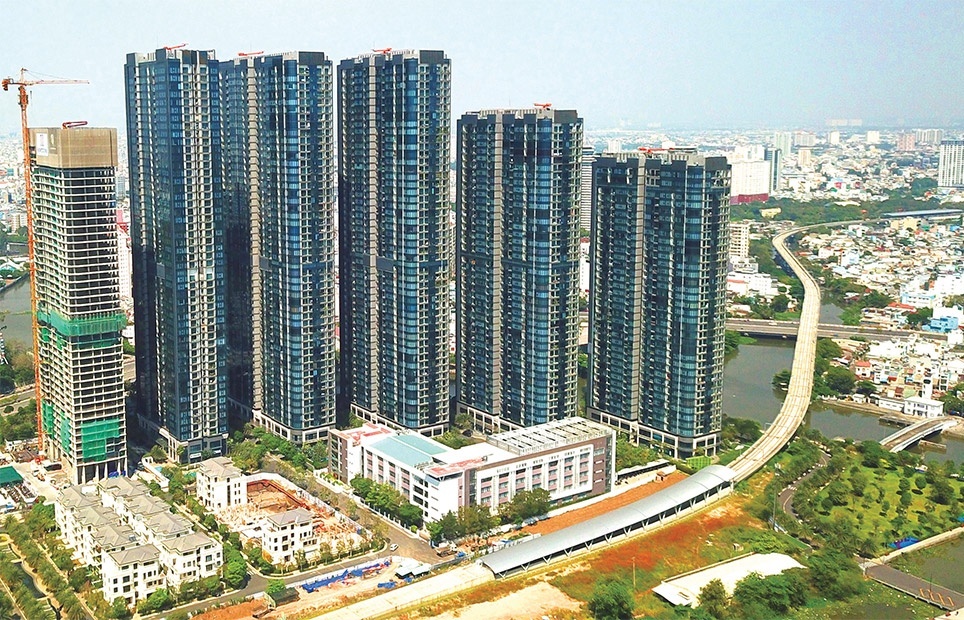
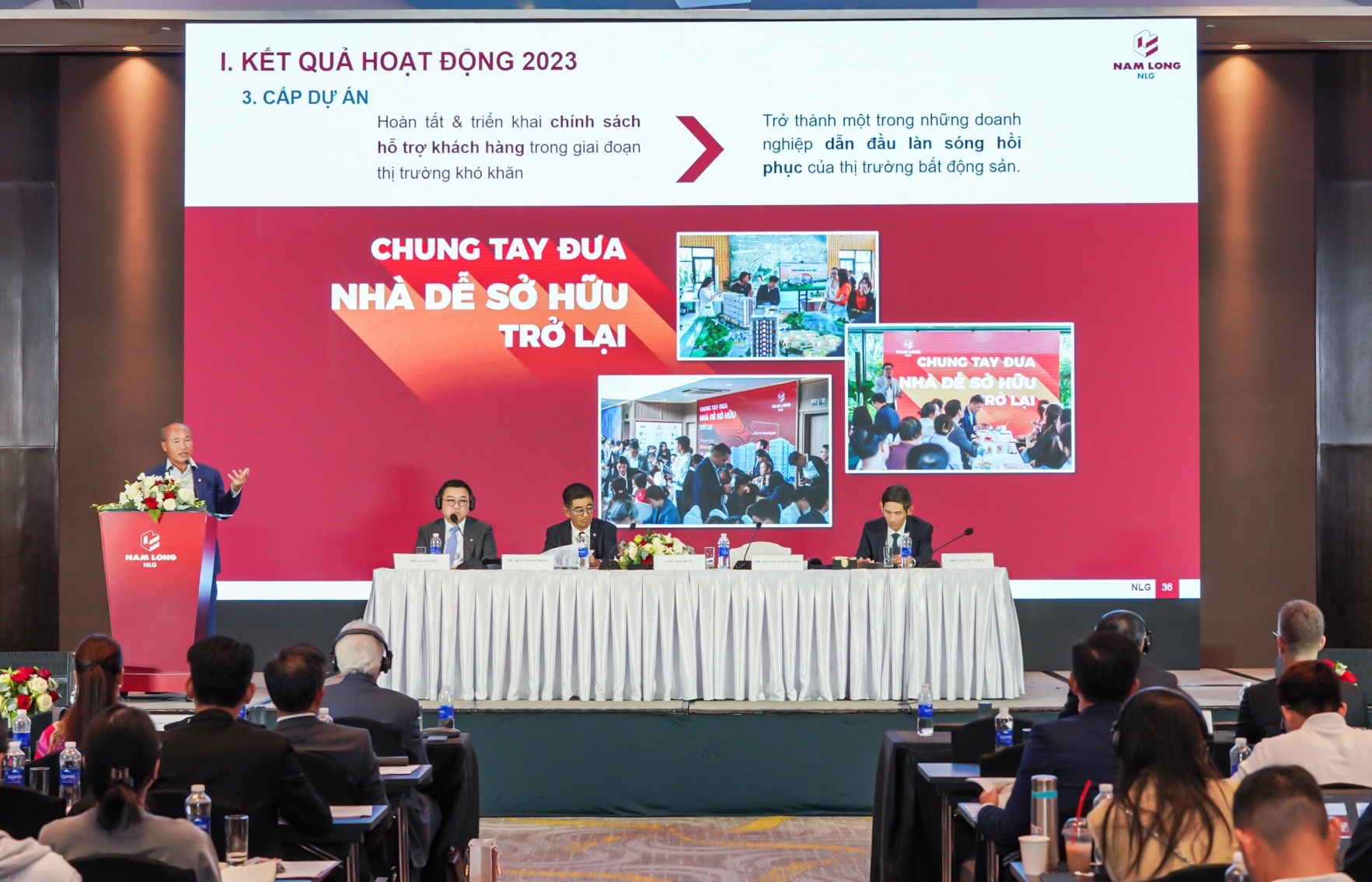
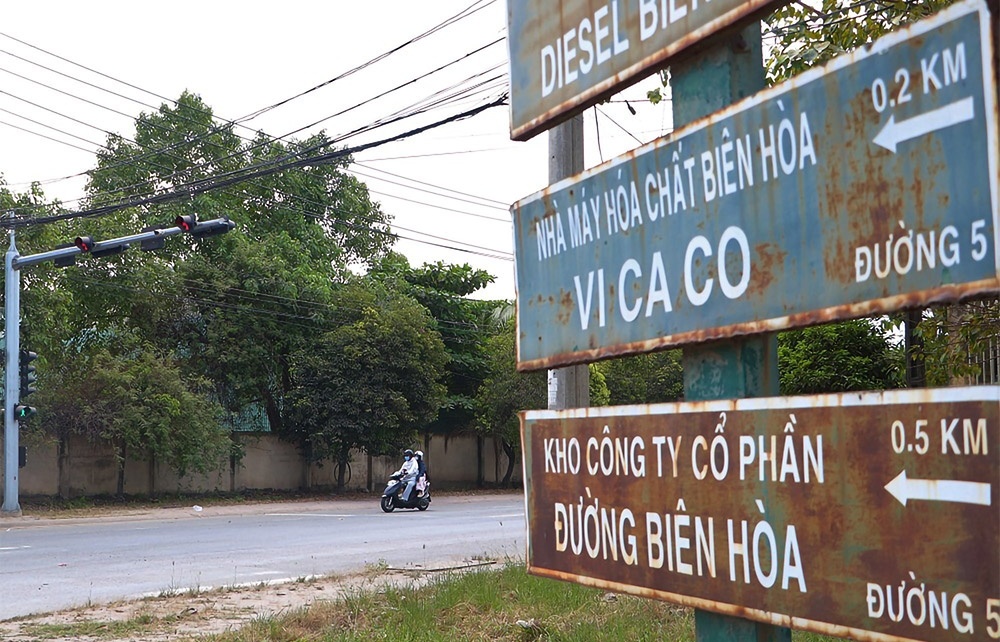
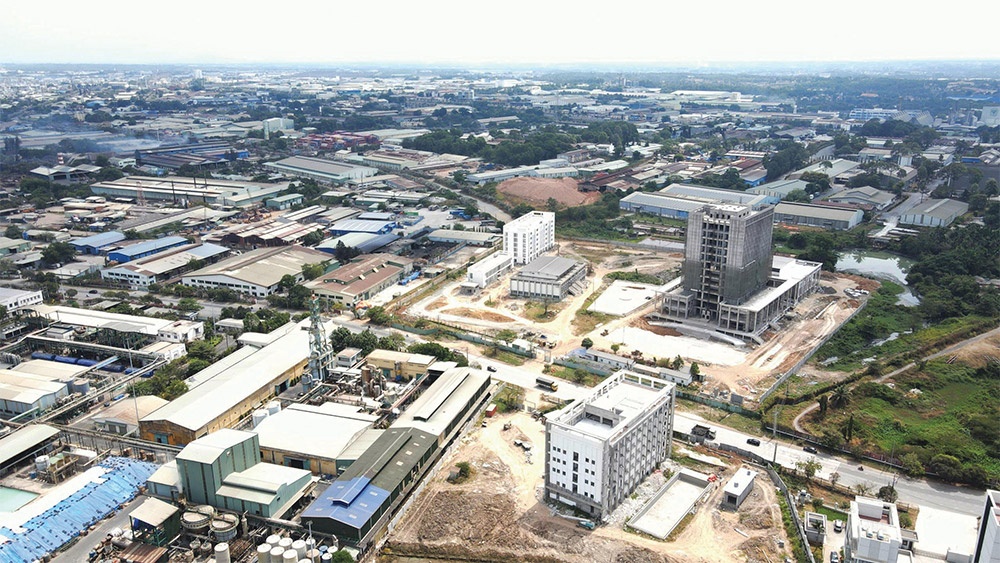
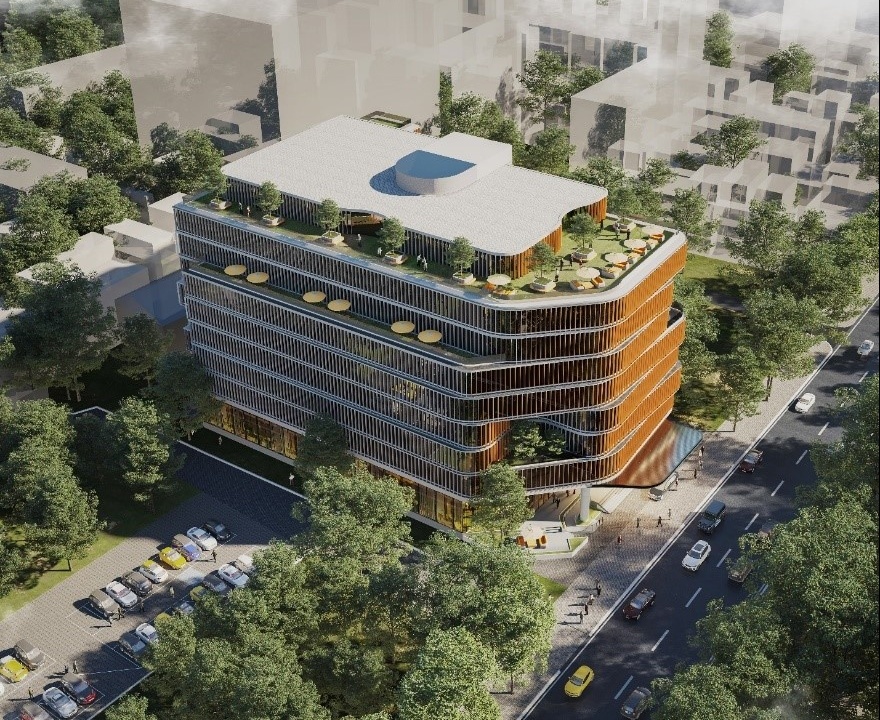


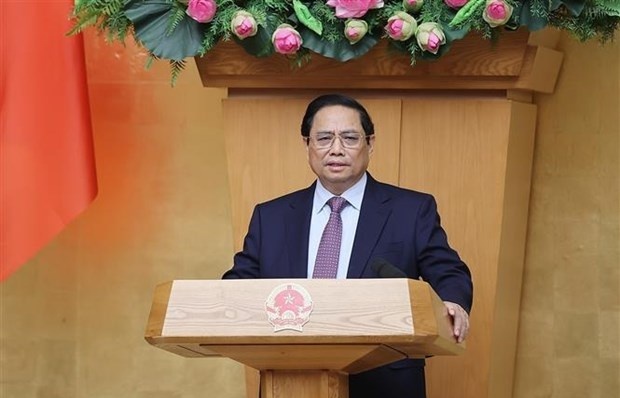
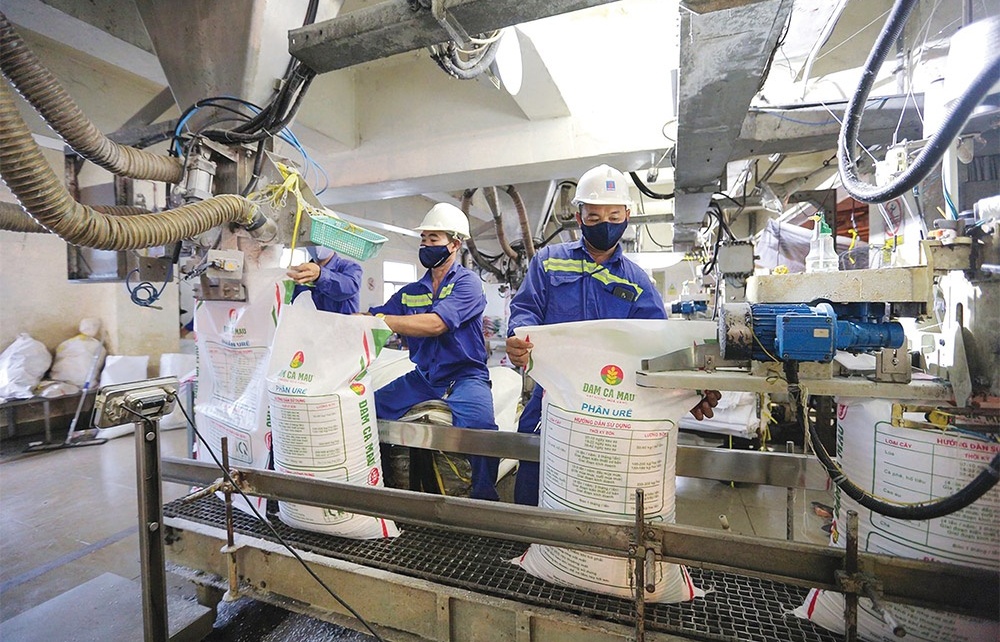

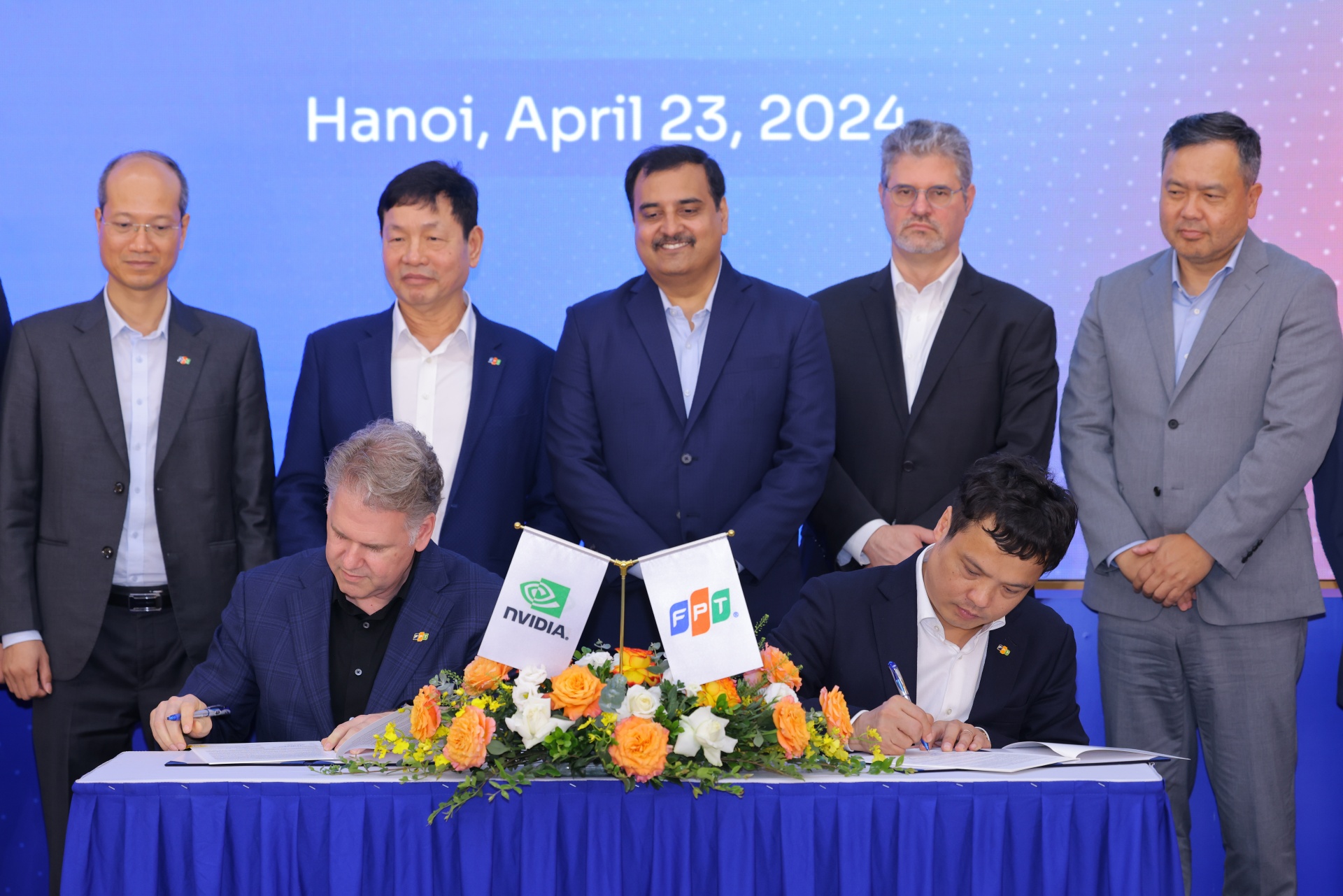



 Mobile Version
Mobile Version